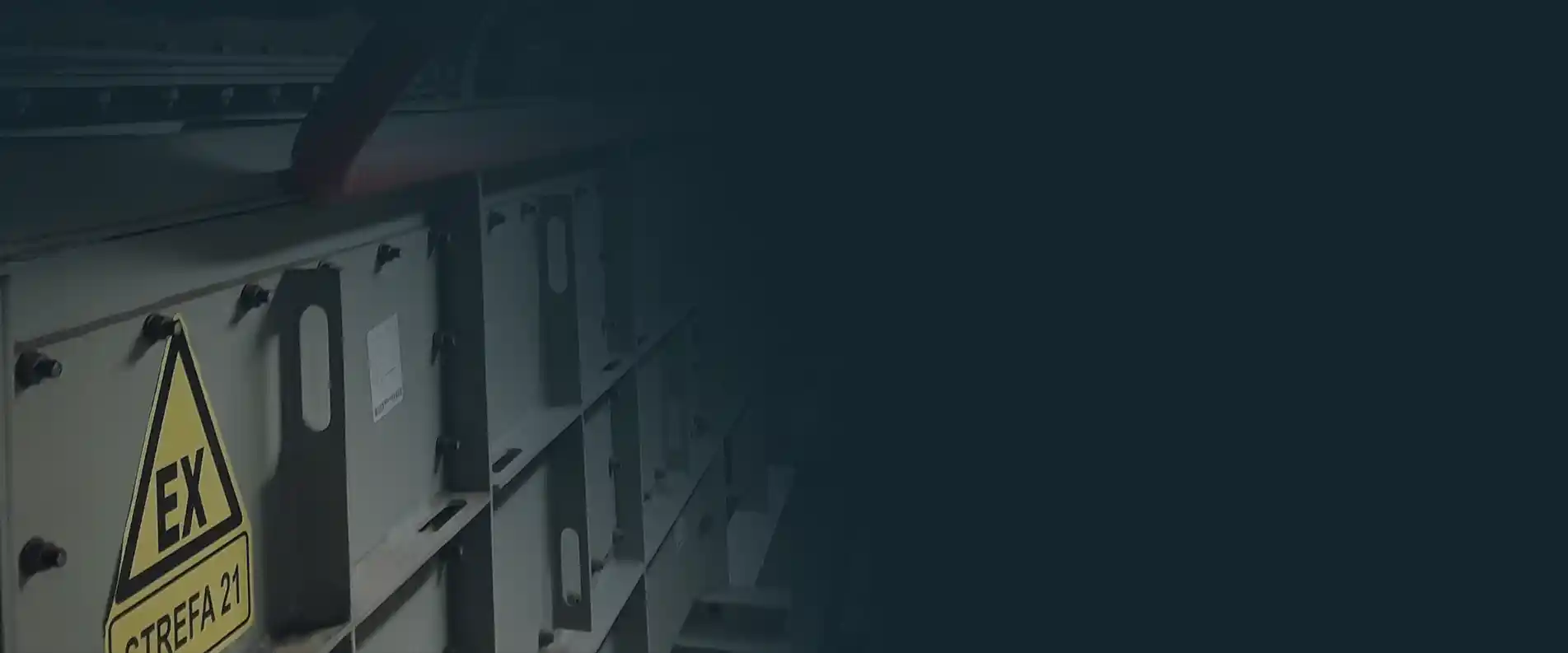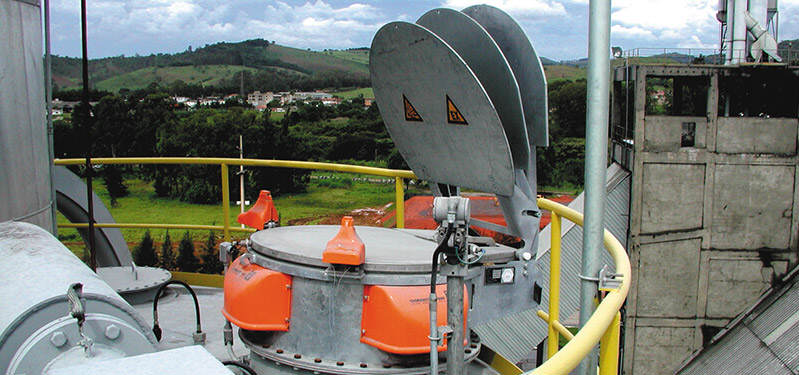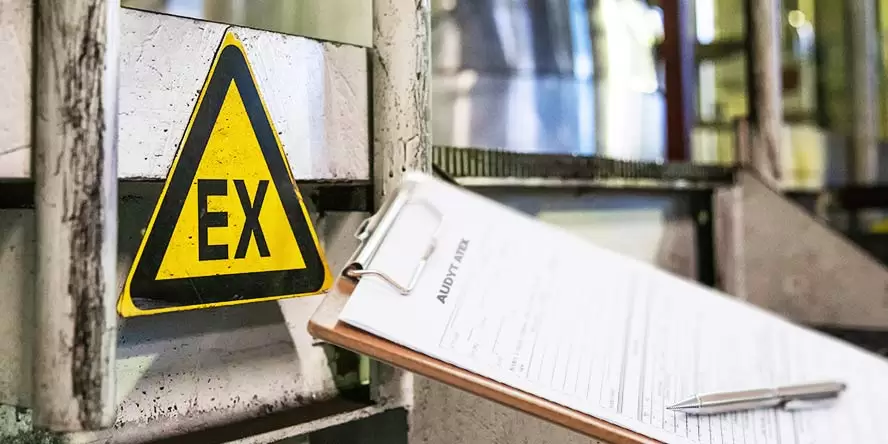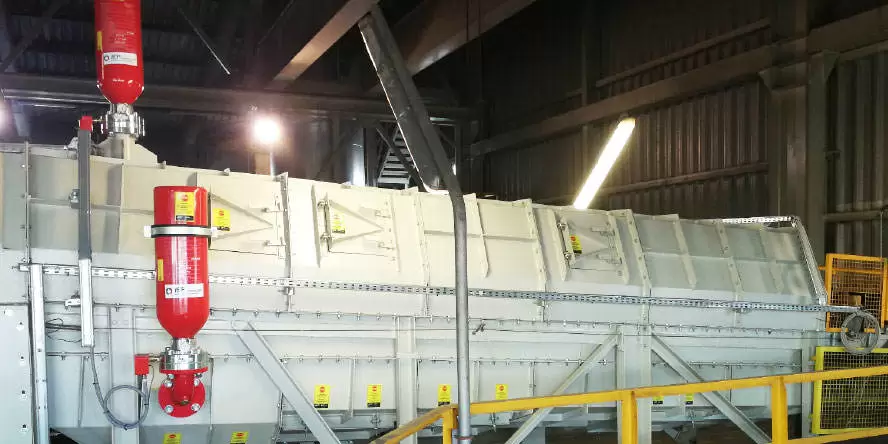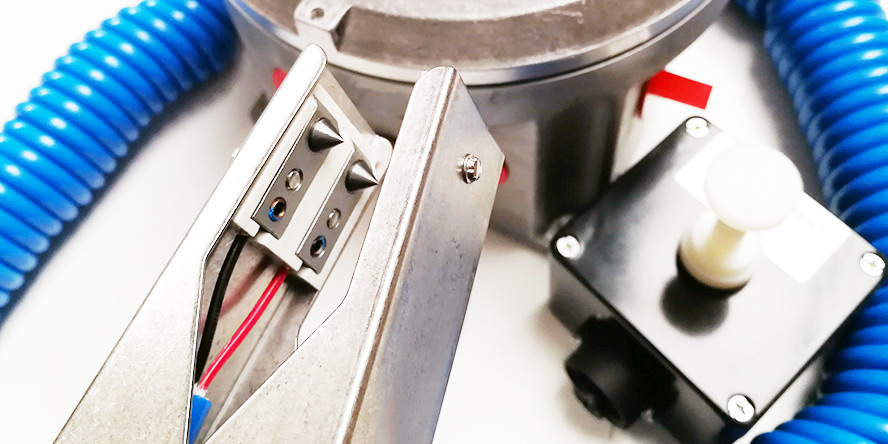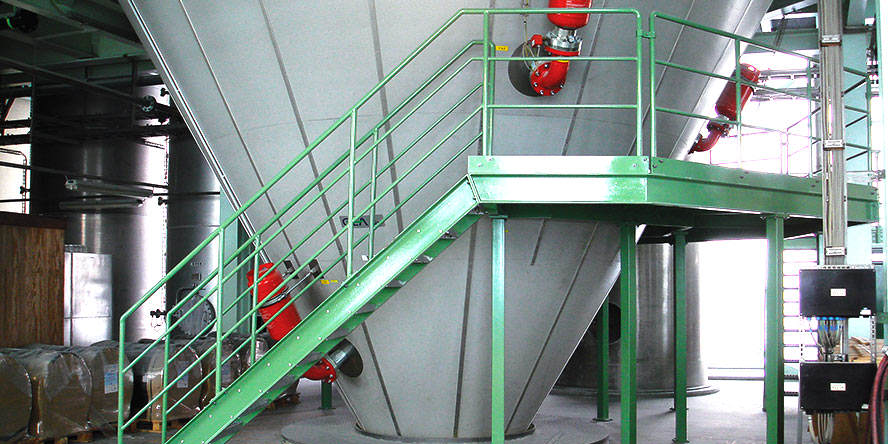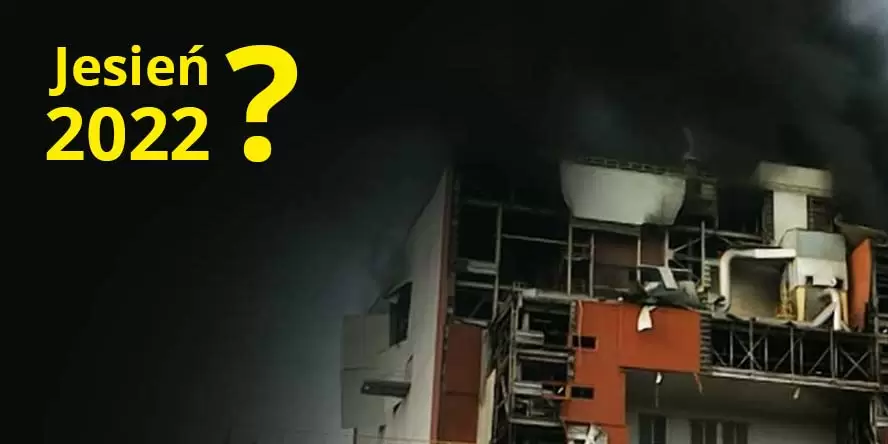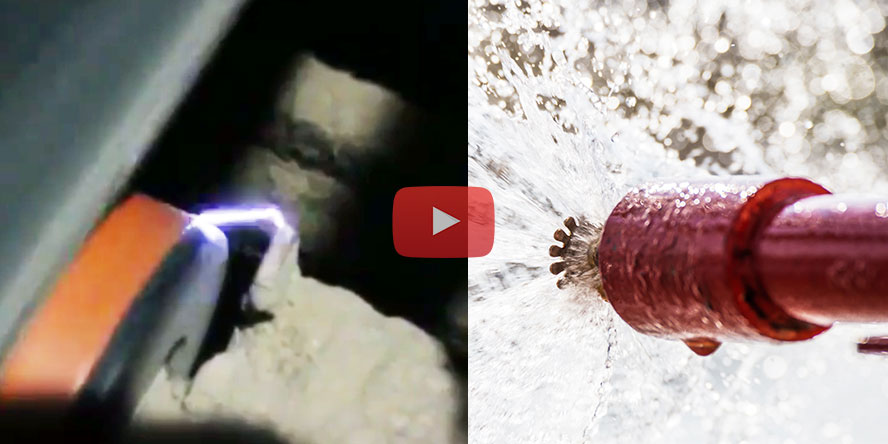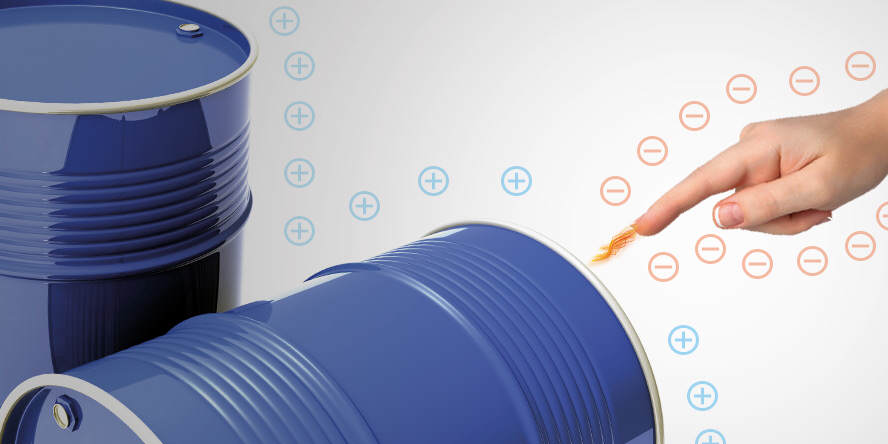 Model approach to explosive safety in an industrial plant
Model approach to explosive safety in an industrial plant
During the ATEX Audit, we will focus on deficiencies in explosive safety and indicate tasks that should be performed first to have the strongest impact on safety improvement.
Step 2
Protection Concept
The result of the ATEX Audit is also a preliminary concept of protecting the installation from explosion. It allows estimating the costs of protections. After testing the explosiveness parameters of the dust from the installation, we move on to the final concept and design.
Step 3
Design and selection of protections
After accepting the concept and testing the explosiveness parameters of the dust from the installation, we proceed to the final selection of explosion protections and create a design that takes into account all required changes in production.
Step 4
“Turnkey” delivery and installation
We coordinate the entire delivery and installation process of protections. We have our own service teams with experience in performing installation without the need to stop the investor’s plant operation.
Step 5
Execution of ERA and EPD
We conduct a post-implementation Explosion Risk Assessment (ERA) and prepare (or update) the Explosion Protection Document (EPD). We usually also conduct training for the crew in the field of explosive safety.
Secure your industrial plant
 Completed projects
Completed projects
 Knowledge base
Knowledge base
